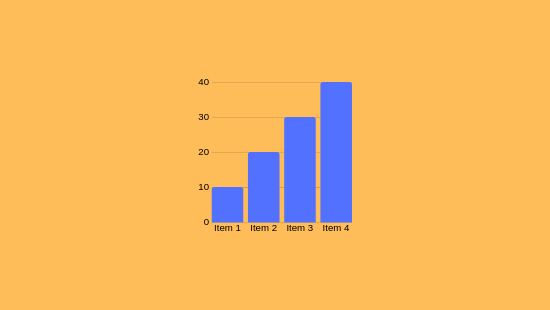Understanding the Functionality of Forex Indicators

As you delve into Forex indicators, you'll discover they're mathematical tools analyzing price and volume data to predict market behaviors. These indicators aid in signaling trends, confirming market cues, and uncovering overbought or oversold situations. For example, the RSI gauges momentum, while Bollinger Bands measure variability. Enhancing your trade techniques by combining these indicators is essential, especially if aiming to manage risk effectively.
Grasping the Core of Forex Indicators
Forex indicators are mathematical aids embedded in charts to aid investors in scrutinizing market dynamics and making informed decisions. They provide perspectives into price movements and potential trading opportunities by examining past and present market figures.
Forex indicators are divided into four primary groups: trend indicators (e.g., Moving Averages), momentum indicators (e.g., Relative Strength Index), volatility indicators (e.g., Bollinger Bands), and volume indicators.
These instruments can signal reversals, confirm trends, or indicate extreme buying/selling. If you're looking to enhance your methodologies, understanding these indicators is vital.
Categories of Forex Analytical Instruments
Upon evaluating market trends, traders often deploy a variety of indicators to guide their trading choices.
Forex tools are categorized into different classifications, each fulfilling distinct functions.
Trend Indicators like Moving Averages (MA) and Bollinger Bands aid in uncovering movement patterns and possible price surges.
Momentum Indicators, including the Moving Average Convergence/Divergence (MACD) and Relative Strength Index (RSI), identify momentum changes and highlight overbought or oversold conditions.
Volatility Indicators like the Average True Range (ATR) quantify market variability, helping traders in setting stop-loss thresholds.
If used strategically, these tools can enhance trade outcomes.
Essential Instruments for Trading Choices
To executive insightful investment choices, understanding and applying key indicators that analyze market conditions is essential.
Price Movements (MA) track mean trade values over specific periods, unveiling tendencies by smoothing fluctuations.
The Relative Strength Index gauges market force on a 0–100 scale, indicating excess buy above 70 and signaling oversold scenarios below 30.
Moving Average Convergence Divergence analyzes two exponential moving averages to confirm the trend direction, with graphical representations displaying positive or negative trajectories.
Bollinger Bands apply standard deviations around a moving average to assess fluctuation and potential reversals.
Fibonacci Retracement levels denote support/resistance zones considering historical shifts.
Synthesizing these indicators enhances precision by verifying signals if congruent, facilitating precise timing for currency matchups.
Using Indicators for Risk Management
As you refine your trading strategy, effectively applying indicators for risk control is essential. Indicators like Moving Averages and Bollinger Bands notice volatility and identify potential entry/exit points for risk oversight.
These instruments permit the setting of stop-loss orders and limit orders, which are key for limiting possible losses.
For example, applying stop-loss orders caps losses to a certain limit, website such as 2% of your trading portfolio per trade. This disciplined tactic aids in managing forex risks by limiting exposure to fluctuations and leverage, which are significant challenges in currency trading.
Combining Indicators for Enhanced Accuracy
Combining indicators is a sophisticated strategy for boosting precision in forex trading. This approach allows for the use of diverse instruments to examine several facets of market behavior, such as trends, momentum, and variability.
By implementing indicators like Price Averages, RSI, and MACD, you can craft formidable trading strategies. For example, combining Moving Averages with RSI and Volume confirms trends and drive, while Bollinger Bands with Stochastic assess fluctuation and anticipate reversals.
If indicators from separate categories align, duplications are reduced, and trade signals are uplifted.
Conclusion
You've understood how forex indicators operate, encompassing their types like trend, momentum, and volatility indicators. These instruments aid in uncovering pivots and confirming trend continuity. Through combining tools, trading precision is enhanced, and risk oversight is conducted more adeptly. As an example, using the Relative Strength Index (RSI) to highlight buying peaks and Bollinger Bands to evaluate volatility can refine your trade choices.